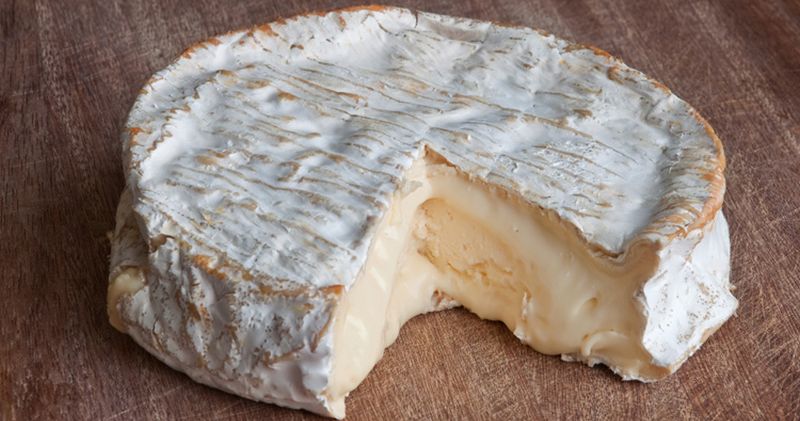Milk Production,
price movements
Economists Confused by Dairy Markets

Recent dairy price movements and September’s milk production report has created some angst among dairy economists.
«I'm about as confused about the direction of these numbers as I’ve ever been,» says Mark Stephenson, a University of Wisconsin dairy economist.
Bob Cropp, a fellow Wisconsin economist, agrees. «There has been some movement—the question is, why?» he says.
Cheese prices have been extremely volatile the past six weeks, with block prices shooting up to over $ 2/lb, and then declining. The once wide spread between blocks and barrels has virtually disappeared, with barrels actually shooting above blocks last week before retreating.
Some of it may have to do with pre-holiday buying, Cropp says. Some companies might jump into markets to buy up needs, acquire them and then disappear. That could create some uneven buying patterns that are adding confusion to an already unsettled market.
The other surprise, say the economists, is the September milk production report, with U.S. milk output climbing 1.3% over a year ago. «Production is stronger than anticipated, and almost all of that comes from more milk per cow,» says Stephenson.
Nationally, cow numbers are down 53,000 head from last September (though they are up 7,000 head from August 2019). But milk per cow was up 33 lb in September over a year ago.
«We have improved milk prices, and producers are going to get as much milk as they can to take advantage of that—just to get some cash flowing on these farms,» Stephenson says. «But I’m surprised they are doing it with milk per cow.»
Feed quality has been reported to be an issue this past summer, though most farms are still probably feeding old crop silage. New crop silage is barely in the bunker, and will take at least a month or two to ferment properly.
Both are still optimistic, forecasting strong prices in the fourth quarter of 2019 and into 2020. «I'm predicting an average of $ 18.65 Class III for the 4th quarter—Class III has already hit $ 19 for November,» says Cropp. «And I don’t see it dropping off a cliff in the first quarter.»
Cropp says production is unlikely to continue to grow early next year because of feed quality issues and reduced heifer replacement numbers. He sees Class III holding in the strong $ 17s in the first half of 2020, and climbing to $ 18 in the second half.
Stephenson agrees: «I don’t see a big surge in milk supply next year, but I’m more concerned of a drop in demand should the economy slow.»